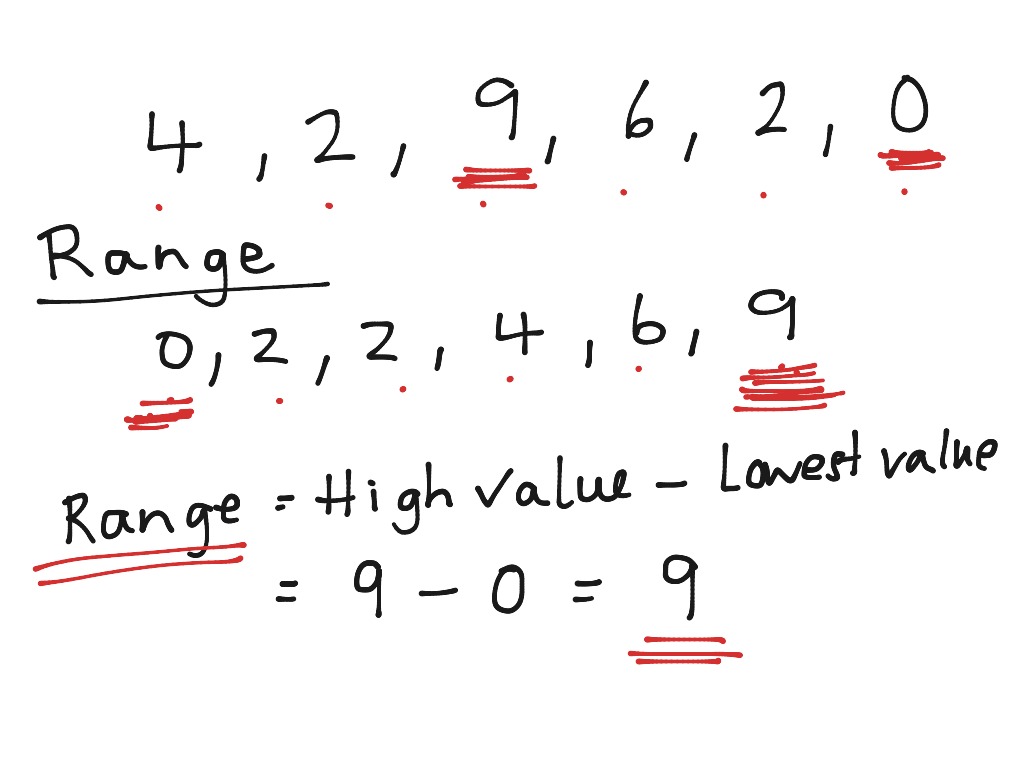

If you don’t have the MINIF function in your Excel, use the below formula that uses a combination of IF function and MIN function to do the same: =MAX(B2:B11)-MIN(IF(B2:B11>20000,B2:B11)) If you’re using prior versions, you would not have this function (and can use the formula covered later in this tutorial) Note that the MINIFS is a new function in Excel is available only in Excel 2019 and Microsoft 365 subscription. This makes sure that values lower than 20,000 are ignored and the minimum value is always more than 20,000 (hence ignoring the outliers). So, the MINIFS function goes through the entire data set, but only considers those values that are more than 20,000 while calculating the minimum value. In the above formula, I specified the criteria to be any value that is more than 20,000. This function finds the minimum value if the criteria mentioned in it are met. In the above formula, instead of using the MIN function, I have used the MINIFS function (it’s a new function in Excel 2019 and Microsoft 365).

In this example, let’s say I want to ignore all those stores where the sales value is less than 20,000.īelow is the formula that would find the range with the condition: =MAX(B2:B11)-MINIFS(B2:B11,B2:B11,">20000") While calculating the range for this data set, it might make sense to exclude these newer stores and only consider stores where there are substantial sales. This could be because these are new stores or there were some external factors that impacted the sales for these specific stores. If you look closely at this data, you would notice that there are two stores where the values are quite low (Store 1 and Store 3). Thankfully, Excel has many conditional formulas that can help you sort out some of the anomalies.īelow I have a data set where I need to find the range for the sales values in column B. If you calculate arrange for this data set, it would lead to you making misleading interpretations of the data. In real-life scenarios, you might also need to account for some conditions or outliers.įor example, you may have a data set where all the values are below 100, but there is one value that is above 500. In most practical cases, finding the range would not be as simple as just subtracting the minimum value from the maximum value Quite straightforward… isn’t it? Calculate Conditional Range in Excel The above formula finds the maximum and the minimum value and gives us the difference. Suppose you have a data set as shown below, and you want to calculate the range for the data in column B.īelow is the formula to calculate the range for this data set: =MAX(B2:B11)-MIN(B2:B11) If you have a list of sorted values, you just have to subtract the first value from the last value (assuming that the sorting is in the ascending order).īut in most cases, you would have a random data set where it’s not already sorted.įinding the range in such a data set is quite straightforward as well.Įxcel has the functions to find out the maximum and the minimum value from a range (the MAX and the MIN function). ‘Range’ is nothing but the difference between the maximum and the minimum value of that data set. To give you a simple example, if you have a data set of student scores where the minimum score is 15 and the maximum score is 98, then the spread of this data set (also called the range of this data set) would be 73 Range = 98 – 15 In a given data set, the range of that data set would be the spread of values in that data set. In this tutorial, I will show you really simple ways to calculate the range in Excel. Pittsburgh Ironmen (44) – 90 pointsīoston Celtics (47) vs.Normally, when I use the word range in my tutorials about Excel, it’s a reference to a cell or a collection of cells in the worksheet.īut this tutorial is not about that range.Ī ‘Range’ is also a mathematical term that refers to the range in a data set (i.e., the range between the minimum and the maximum value in a given dataset) Detroit Falcons (33) – 83 pointsīoston Celtics (46) vs. Pittsburgh Ironmen (40) – 89 pointsįort Wayne Pistons (19) vs. Below are five of the lowest-scoring games in NBA history, listed with teams and total game points: Let's look at some example problems and figure the range. The range between these two numbers is 6. The greatest number is 10 and the lowest number is 4. For example, say you have a data set of just two numbers: 10 and 4 However, you don’t need all the other numbers to find the range between two numbers.įinding the range between two numbers is the same as finding the range of a set of data. The range is typically used to find the dispersion of values in a data set comprising several values.
Range in math term how to#
How to figure range example - book pages How to find the range between two numbers


 0 kommentar(er)
0 kommentar(er)
